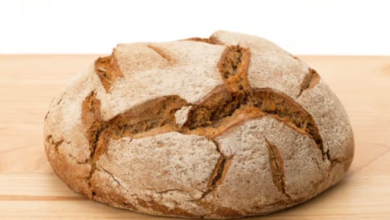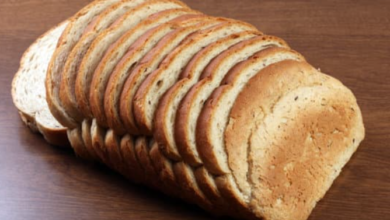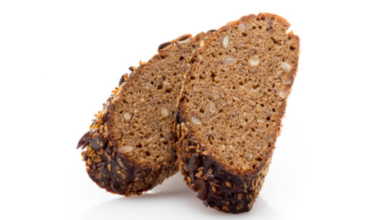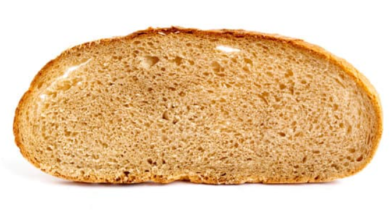Does Rye Bread Have Seeds? We Find Out The Answer!
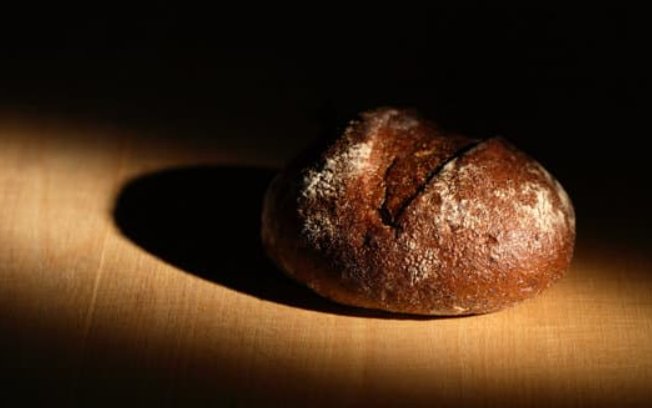
What To Know
- A balanced combination of rye and wheat flour, offering a slightly darker hue and a mild rye flavor.
- If you’re looking to reap the health benefits of seeds, choose a rye bread that contains a variety of seeds, such as caraway, anise, and coriander seeds.
- Whether you prefer a seedless light rye or a seed-studded dark rye, there’s a rye bread out there to satisfy your cravings.
Rye bread, a beloved staple in many households worldwide, has sparked curiosity among bread enthusiasts and health-conscious individuals alike. One lingering question that begs an answer is: does rye bread have seeds? This blog post aims to delve into this topic, exploring the different types of rye bread, their seed content, and the potential health benefits associated with consuming rye bread with seeds.
The Spectrum of Rye Breads
Rye bread comes in various forms, each with its unique characteristics. Here are the main types:
- Light Rye Bread: Contains a blend of rye and wheat flour, resulting in a lighter texture and color. Typically has no seeds.
- Medium Rye Bread: A balanced combination of rye and wheat flour, offering a slightly darker hue and a mild rye flavor. May contain some seeds, but not as prominent as in other varieties.
- Dark Rye Bread: Predominantly made from rye flour, resulting in a dense, dark-colored loaf. Often contains a generous amount of seeds.
- Pumpernickel Bread: A dense, dark variety of rye bread characterized by its slightly sweet and sour flavor. Usually contains a variety of seeds, including caraway, anise, and coriander seeds.
The Seed Story
Traditionally, rye bread has been associated with the presence of seeds, particularly caraway seeds. These aromatic seeds add a distinctive flavor and texture to the bread. However, the inclusion of seeds in rye bread varies depending on the region, baker, and personal preferences.
- Caraway Seeds: The most common seed found in rye bread, known for its slightly bitter and nutty flavor.
- Anise Seeds: Sweet and licorice-flavored seeds that add a subtle sweetness to the bread.
- Coriander Seeds: Warm and spicy seeds that provide a unique depth of flavor.
- Fennel Seeds: Anise-like seeds with a slightly bitter and sweet taste.
- Sesame Seeds: Small, nutty-flavored seeds that add a crunchy texture to the bread.
Health Benefits of Seeded Rye Bread
Incorporating seeds into rye bread not only enhances its flavor but also provides potential health benefits. Here are some notable advantages:
- Rich in Fiber: Seeds are an excellent source of dietary fiber, which aids digestion, promotes satiety, and helps regulate blood sugar levels.
- High in Antioxidants: Caraway seeds, in particular, are rich in antioxidants that protect against cellular damage and reduce the risk of chronic diseases.
- Source of Essential Fatty Acids: Sesame seeds and flax seeds contain omega-3 fatty acids, which are beneficial for heart health and cognitive function.
- Good for Gut Health: The fiber content in seeds nourishes beneficial gut bacteria, promoting a healthy microbiome.
Choosing the Right Rye Bread
When selecting rye bread, consider the following factors:
- Personal Preference: Ultimately, the best rye bread for you is the one that suits your taste buds. Experiment with different varieties to find the one that pleases you most.
- Seed Content: If you’re seeking a rye bread with a generous seed content, opt for dark rye or pumpernickel varieties.
- Health Goals: If you’re looking to reap the health benefits of seeds, choose a rye bread that contains a variety of seeds, such as caraway, anise, and coriander seeds.
Final Thoughts: Embracing the Seedy Delights
Whether you prefer a seedless light rye or a seed-studded dark rye, there’s a rye bread out there to satisfy your cravings. By understanding the different types of rye bread and their seed content, you can make informed choices that align with your taste preferences and health goals. So, next time you reach for a slice of rye bread, embrace the seedy delights it may hold.
Questions We Hear a Lot
Q: Does all rye bread have seeds?
A: No, not all rye bread contains seeds. Light rye bread typically has no seeds, while medium rye bread may have a few seeds. Dark rye and pumpernickel bread usually have a higher seed content.
Q: What is the most common seed found in rye bread?
A: Caraway seeds are the most commonly used seeds in rye bread, known for their slightly bitter and nutty flavor.
Q: Are the seeds in rye bread edible?
A: Yes, the seeds in rye bread are edible and safe to consume. They provide additional flavor, texture, and nutritional value to the bread.
Q: Can I add seeds to my own rye bread recipe?
A: Yes, you can customize your rye bread by adding your preferred seeds to the dough. Caraway, anise, coriander, and fennel seeds are popular choices.
Q: Is rye bread with seeds healthier than seedless rye bread?
A: Incorporating seeds into rye bread adds nutritional value, such as fiber, antioxidants, and essential fatty acids. Therefore, rye bread with seeds is generally considered healthier than seedless rye bread.

